The release of Detective Comics milestone 1000th issue is upon us. While Action Comics has already achieved this significant number, there’s something even more special about the longstanding home of Batman (and other creations) hitting four digits.
It’s what DC Comics stands for. It’s survived downturns and reboots. Outlasted countless crises and implosions. It’s been home to some of the most significant creators to ever leave their mark, not only on the dark knight detective but on the entire comic book industry.
Robin debuted in Detective Comics. Batgirl too. Neal Adams first rendered his iconic take on Batman in the pages of Detective. Steve Englehart and Marshall Rogers’ run on the title was iconic and held in high regard by fandom. Artists of huge renown like Norm Breyfogle and Dick Giordano were showcased here. Scott Snyder, whose name is solidified in Bat-history, began with the character on this title too.
Countless creators have breathed life into this pillar of comic book history. Numerous editors, writers, artists, colorists, letterers, and inkers.
Before you run to the comic shop or hit download on Comixology on March 27th, brush up on some great work that may have fallen between the cracks during Detective Comics‘s 1000-issue reign.
Some are personal favorites, some are hidden gems or quirky deep-cuts. But below are some memorable moments of Detective Comics that deserve every fan’s attention and recognition alongside the more popular and well-known moments in Batman lore.
Detective Comics 821-851
Written by Paul Dini (with fill-ins from Royal McGraw, John Rozum, and Stuart Moore) and penciled by Don Kramer, Dustin Ngyuyen and J.H. Williams III. Transplanting Dini from the award-winning work on the Batman animated series and onto an ongoing Batman book was a no-brainer. The Mad Love writer’s work elevates all involved to the next level, right down to the pulp noir covers by Simone Bianchi. The majority of Dini’s run were self-contained “one-and-done” issues with the occasional two-part or multi-part storyline thrown in at exactly the right points. This was pure comic book storytelling. Dini reformed the Riddler to become less a joke and more of an ally or competitive equal to Batman. This run introduced new creation Façade, a new Ventriloquist, and a rogue’s gallery of guests and villains that included Catwoman, Harley Quinn, Poison Ivy, Penguin, Zatanna, Ra’s Al Ghul, the Mad Hatter, and the Joker (in one of the greatest single Joker issues in modern comics). Dini’s run also built on Jeph Loeb and Jim Lee’s Hush with the astounding follow up “Heart of Hush”. You can find some of these stories collected in the Batman: Detective and Private Casebook trades.
Detective Comics 527-566
Doug Moench began a run on the book in 1983 that is indexed by some truly fantastic covers (by Gene Colan at a career peak). 40 straight issues of the most consistent storytelling you’re likely to find, and in the midst of a pre- and post-Crisis on Infinite Earths reshuffle, no less. No title comes to mind that holds as strong during a company-wide crossover as these issues do. Especially in our era of the tentpole summer event. Forgotten foe Nocturna was an important character throughout the run. The adventures of the pre-crisis Jason Todd (we hardly knew ye). Deadshot. Catman. Scarecrow. Black Mask, Calendar Man, and Film Freak. Villains that should otherwise induce eye-rolls were given as much credence as top-tier arch-foes. There’s an eighties version of the now famed BatCat romance. Real development in the character of Harvey Bullock. Adventures through the urban sprawl of Gotham City that were as thrilling as they were seedy and ominous. This run is underscored by ongoing Green Arrow back-up features and capped off by writer Harlan Ellison’s issue 567. The totally awesome and offbeat “The Night of Thanks, But No Thanks.”
Detective Comics
64-83, 85, 95, 97, 107-110, 440, 442
Jack Kirby. The King himself graced the pages of one of the flagship titles in comics history on a few occasions. An eclectic mix of contributions, Kirby provided inks, covers, and art at different intervals and told tales of the Boy Commandos. When he crossed over to DC in the ‘70s, he dropped back in on Detective with a Paul Kirk Manhunter backup (issues 440 and 442).
Detective Comics 480- 526
Don Newton must be one of the most underrated artists in comics history, let alone underrated Batman artists. Reported to have a greater fondness for his own work on DC’s Captain Marvel (the one true Captain Marvel), his dark and brutally human work on Detective Comics is seriously worthy of admiration. You can see the influence of Neal Adams in it, but it was its own thing and there are echoes of it in the works of artists like Rags Morales and Dale Eaglesham today. He shaded a darker tone to even the silliest of Gotham’s rogues and his layouts and sense of dramatic storytelling was uncanny. His work on the title culminated in the eye-popping, gorgeous visuals in issue 526’s “All My Enemies Against Me” anniversary issue. Some of his work has been collected in Tales of the Batman: Don Newton trade paperback.
Detective Comics 800-814
David Lapham. The urban crime master behind Stray Bullets proved another perfect fit for Detective Comics. Right before Infinite Crisis and One Year Later (hang around for James Robinsons great short stint following this run). Laphams run was the 12 part “City of Crime” storyline with a brief interlude for the War Crimes crossover. It features a deadlier, more homicidal, Ventriloquist and Gotham City at it’s most viscerally dangerous. Lapham provides covers alongside writing duties, but the interiors are carried out just as ably by Ramon Bachs. If you like your Batman stories down, dirty and covered in grit you need to track down these issues.
Detective Comics 418, 483-485
Another surprising name to contribute work to Detective is Steve Ditko. Across the 70s, the co-creator of Spider-man and Dr. Strange has a scant five credits to his name on Detective Comics. Issue 418’s “and be a villain” is “respectfully dedicated to Steve Ditko”. Later Ditko would pencil a back-up feature of Etrigan the Demon in a story written by legendary Len Wein.
Detective Comics 635-367
Louise Jones Simonson has made her mark on every hot title across the big two. Superman, X-Factor, New Mutants, Star Wars. You name it. But this triptych run on Detective begs to be reawakened via collection or spotlighted (appropriately) on a digital platform. A computer-generated nightmare that has Batman and Robin questioning if they can trust their wits and instincts. The dynamic duo descends deep into a deadly game to save Gotham AND the person tormenting the city.
Detective Comics 569-581
Following on from Doug Moench is one thing. Being tasked with following Frank Miller’s redefining origin tale is a whole different ball game. Mike W. Barr was paired with the polished, fluid art of Alan Davies. ‘Batman: Year Two’ is much more than a cash-in on the success of Year One and features some awesome Todd McFarlane covers (and some interiors, too). It’s a brief run that generates great storytelling and includes appearances by The Joker, Catwoman, Jason Todd, Leslie Thompkins, and a fantastic Two-Face story.
Detective Comics 736,739,740
The ‘No Man’s Land’ crossover was a booming, thunderous, and ambitious storyline. The magnitude of it extended far beyond the earthquake that decimated Gotham in the previous ‘Cataclysm’ storyline, doing something completely new with the entire Batman landscape and bringing Batman into the new millennium with a grand sense of occasion. It also served to shine a spotlight on many future comic book stars. John Cassaday contributed covers, pencils, and inks to the moody, atmospheric epic. Giving comic book fans a glimpse of what was in store for his breakthrough Captain America and Astonishing X-Men runs.
Detective Comics
625, 626, 628-630, 633, 644-646
This entry is exclusively about Michael Golden’s covers. You’ll not see anything like them elsewhere. Walking into news agencies and comic shops in my childhood, there was nothing else in the racks that compared to them. The pop-art colors. The gothic architecture. Golden’s covers seemed far ahead of their time but maintained a perfect, foreboding, and haunting fit for the Dark Knight detective. These are images that are begging to be reappropriated for posters, t-shirts, and other Bat-merch.
Detective Comics 654-658, 660 and 662
Sam Keith, the creator of The Maxx and one of The Sandman’s original art team, has one of those distinctive styles that just works on the caped crusader’s darker leanings. A Wolverine/Batman crossover drawn by Keith is something that should never have gone begging. The dynamic mix of Image Comics sensibilities drawn by a unique auteur with distinctive style. The only thing this brief run lacks is consistency. Pencilling interiors sporadically. Providing inks and jaw-dropping, brutish covers. If Keith’s work had been lengthier. his name would have as much attachment to Detective as it does to his creator-owned property.
Detective Comics 598-600
The writer of Tim Burton’s Batman movie in 1989 penned a three-parter that lead into the milestone 600th issue celebrations. Sam Hamm’s “Blind Justice” proved that the writer’s Batman nous may have been muffled by Tim Burton’s fingerprints (not that anybody is really complaining). 400 issues before Kevin Smith writes a tale of the bat, Hamm proves a significant precursor of Hollywood writers showing their comic book roots some reverence and respect.
Detective Comics 583-597 and 601-621
Before moving on to the equally excellent Batman: Shadow of the Bat, Alan Grant wrote a decent-sized run on Detective from 1988. Right before (and during) the zeitgeist dominating wave of Bat-mania. The English writer wrote Batman in all his stoic, haunting, urban, gothic genius. If you want a forerunner or companion to Grant Morrison’s take on Batman, this is the run. First teaming with John Wagner before flying solo, this run has great stories that include the likes of Ventriloquist and Scarface, Ratcatcher, Cornelius Stirk, The Demon, The Mudpack, Anarky, and Penguin. Norm Breyfogle earned his renown on the character here, but nobody should discount the tandem he’d formed with Alan Grant. They balanced quieter, nuanced, smaller-scaled stories with grand-scale action and adventure. These issues have dated so well that they’re almost timeless.
Detective Comics 629-633, 638-640, 643, 842
Peter Milligan doesn’t get enough of his due as one of the figureheads of the ’80s British invasion. While Moore, Gaiman, and Morrison have legend and rockstar status, Milligan seems to fly under the radar despite the cornerstone Shade: The Changing Man, right through to X-Statix, X-men and up to Kid Lobotomy. His Detective issues are my gun-to-my-head favorite. From single issue stingers like “the Hungry Grass” (629) to his part in the chaotic “the Idiot Root” storyline, 1991 and 1992 were quintessential Batman storytelling years that are the epitome of underrated.
Publisher – DC Comics
 `
`
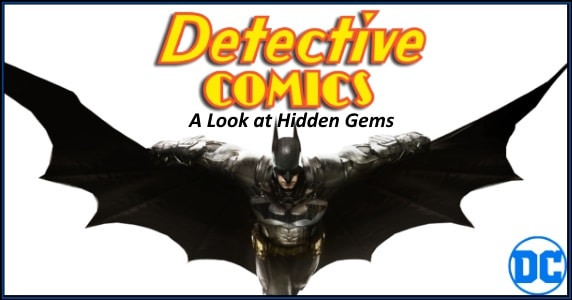
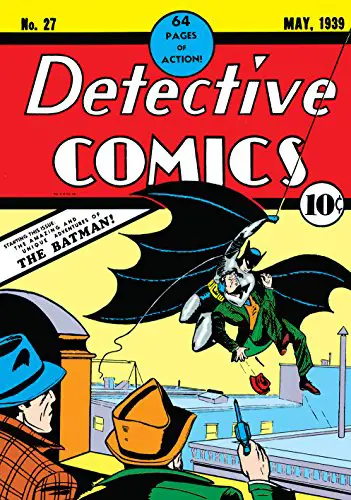



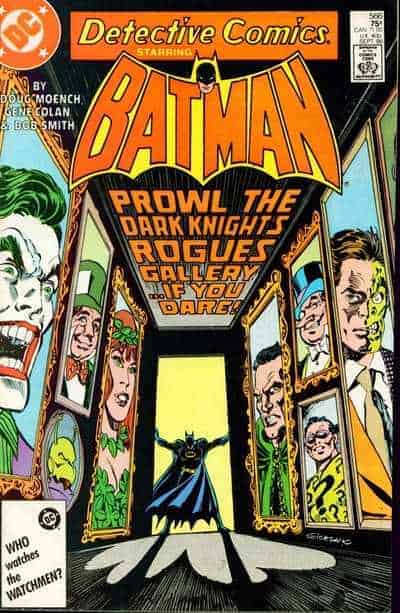
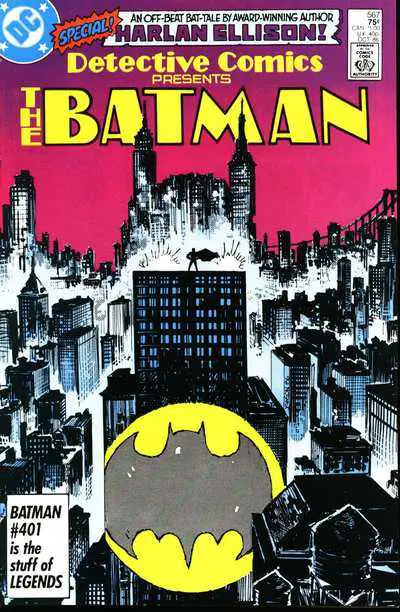

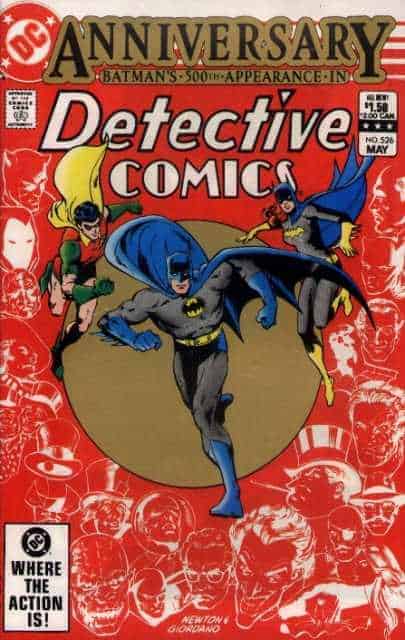




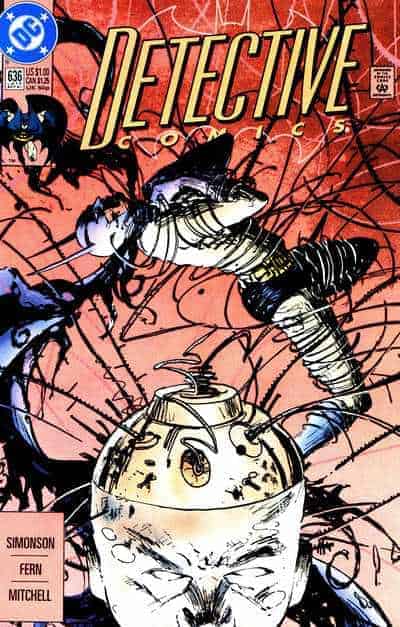
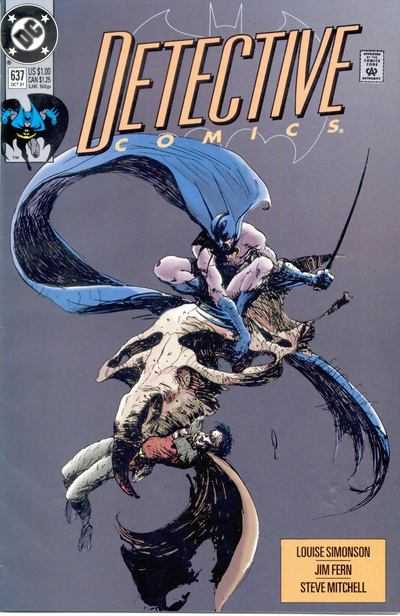

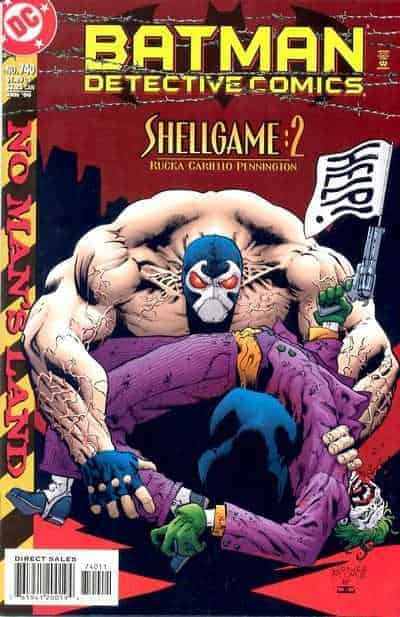

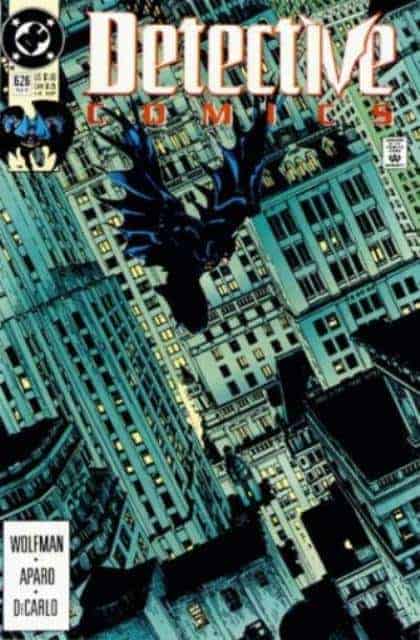


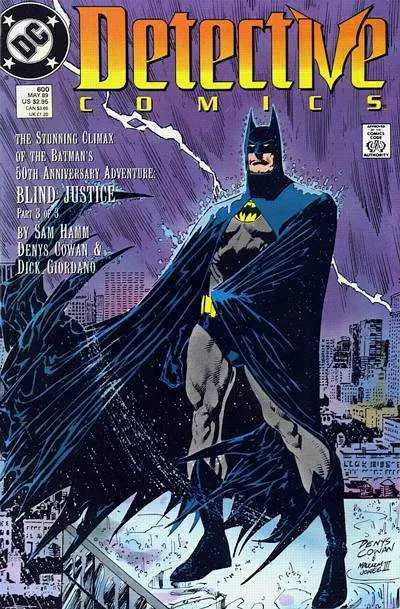
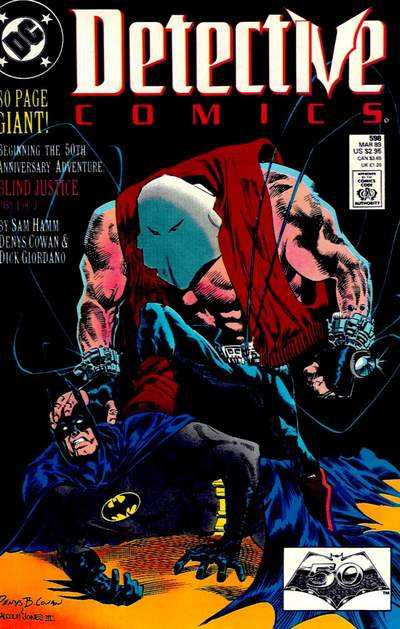



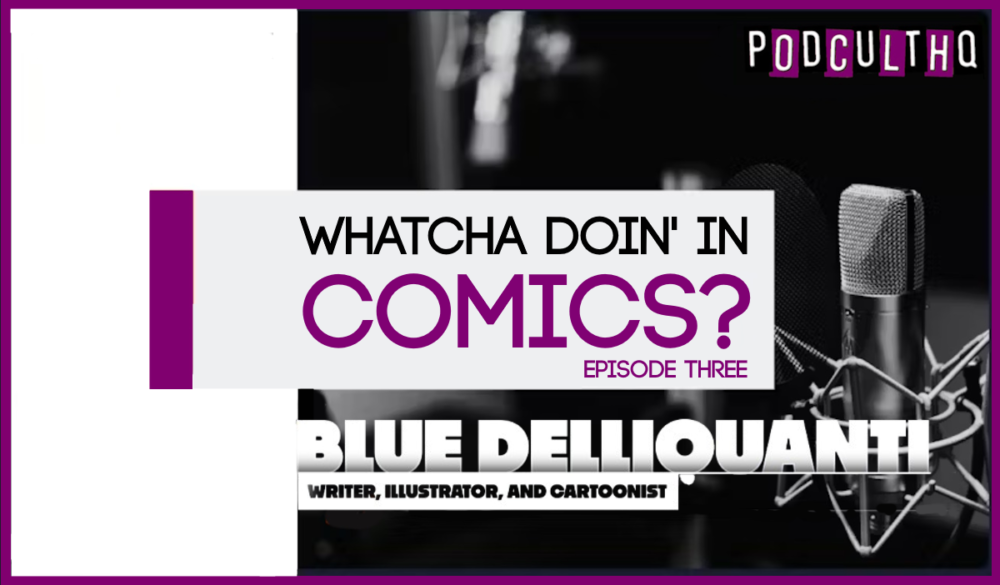

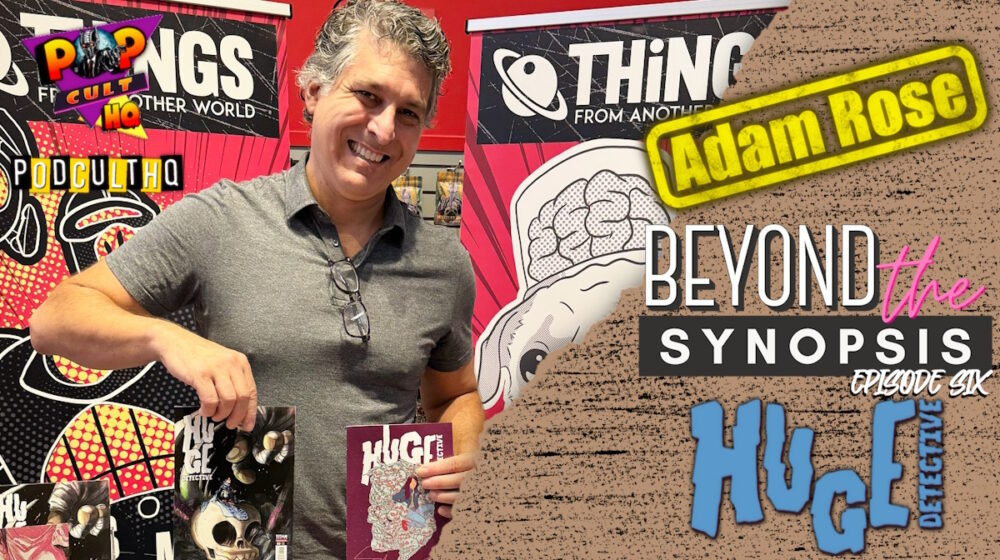
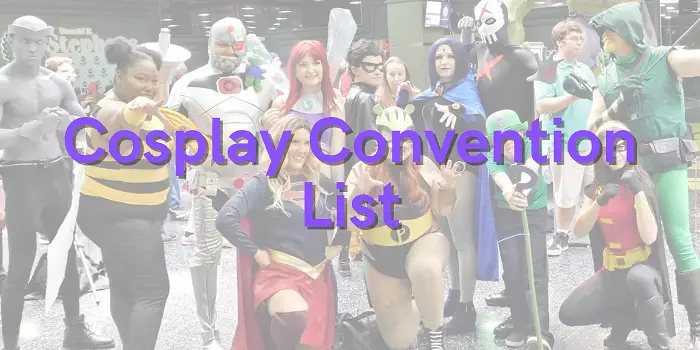
Excellent list, it’s always good to dig a little deeper into Batman’s history. Those Michael Golden covers are possibly my favourite Batman images ever.